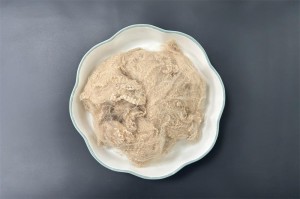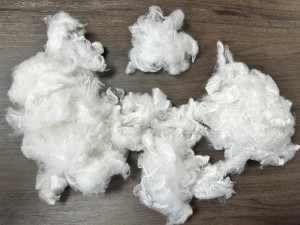The endless possibilities of low-melting polyester fiber
In the dynamic field of textile technology, innovation is weaving the fabric of the future. Among many advances, low-melt polyester stands out as a revolutionary breakthrough. With their unique properties and wide range of applications, these fibers are reshaping industries and pushing the boundaries of what is possible in fabric engineering.
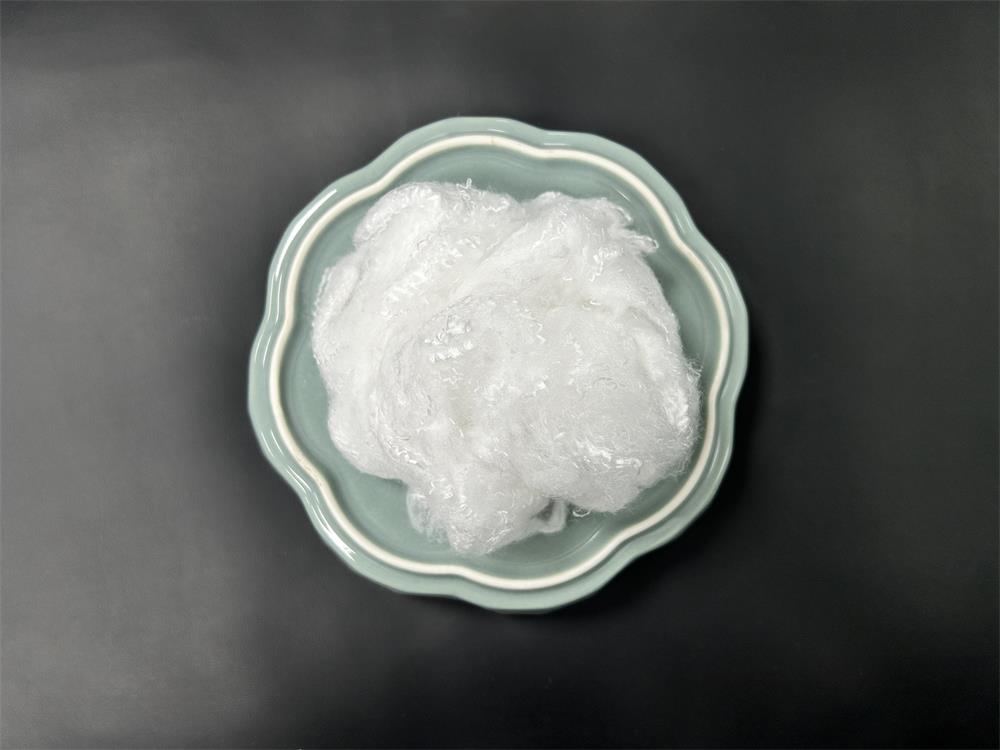
What is low melting point polyester fiber?
Low melting point fiber is a kind of fiber adhesive required in the thermal bonding process. It is a new technology. The material is conjugately spun from ordinary polyester and modified low melting point polyester. It is heat treated Melts low melting point ingredients for bonding. It is environmentally friendly because it can be bonded at low temperatures (about 110°C) and has excellent ability to maintain a certain shape after being combined with other materials.
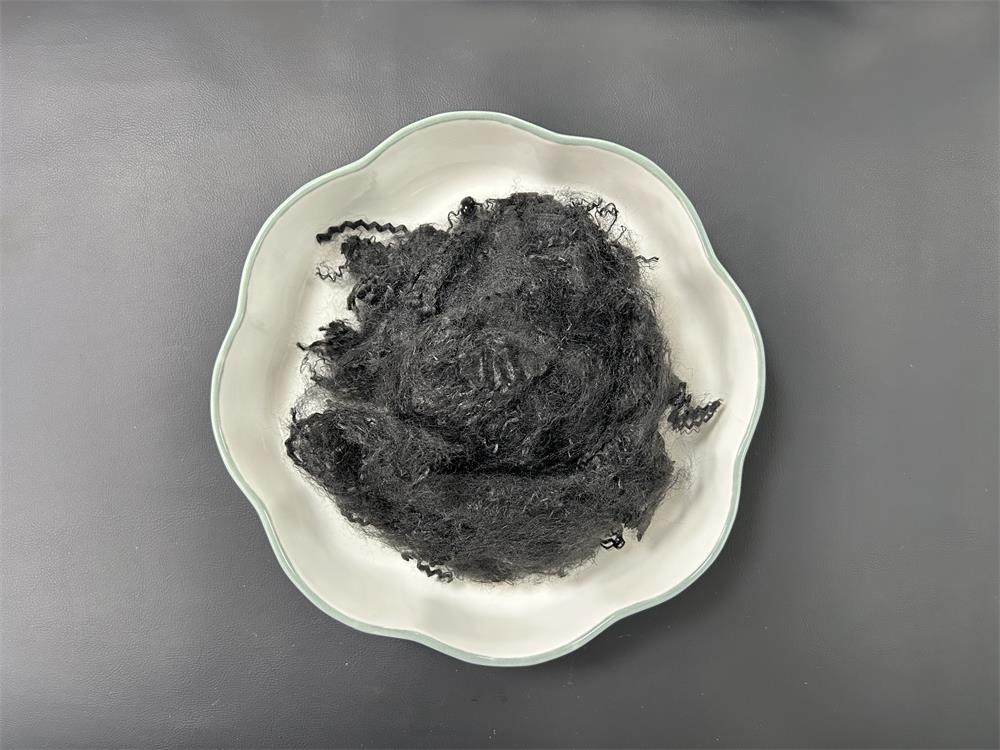
Versatility and performance of low-melt polyester fibers
1. Combined with the production technology of low-melting polyester fiber, the melting point of the sheath of regenerated low-melting polyester fiber is lowered, thereby reducing its carbon content and achieving environmental protection.
2. Low melting point polyester fiber has a soft feel, good bonding effect and stable heat shrinkage performance. It is easy to bond with other fibers and has excellent elasticity.
3. Low melting point polyester fiber has a variety of properties, including anti-pilling, abrasion resistance, flame retardant, anti-deformation, anti-static and heat resistance.
Low melting point polyester fibers are used in various industries
1. Low melting point polyester fiber can be used in the clothing industry:
In fashion and apparel, low-melt polyester fibers are changing garment construction. They bond seamlessly to fabrics such as cotton, wool and other synthetic materials, allowing for the creation of durable yet lightweight fabrics. This innovation improves the comfort, breathability and longevity of the garment, providing consumers with a superior wearing experience.
2. Low melting point polyester fiber can be used in industrial textiles:
From automotive interiors to geotextiles, low-melt polyester fibers play a pivotal role in technical applications. Their thermally reactive properties make them ideal for lamination processes that increase the strength and durability of composite materials used in various industries. In automotive manufacturing, these fibers help create lighter, more fuel-efficient vehicles, while in construction, they strengthen structures and improve weather resistance.
3. Low melting point polyester fiber can be used in non-woven fabrics:
Low-melting polyester fibers play an important role in the production of nonwovens, which are widely used in hygiene products, filtration systems and industrial applications. By bonding with other fibers at lower temperatures, they help create nonwovens with tailored properties such as absorbency, strength and filtration efficiency.
4. Low melting point polyester fiber can be used in environmentally friendly alternatives:
As sustainability becomes increasingly important, low-melt polyester fibers offer an environmentally friendly alternative. Manufacturers can use recycled polyester polymer to produce these fibers, reducing reliance on virgin materials and minimizing environmental impact. In addition, products made from low-melt polyester fibers offer durability and longevity, contributing to a more sustainable life cycle.
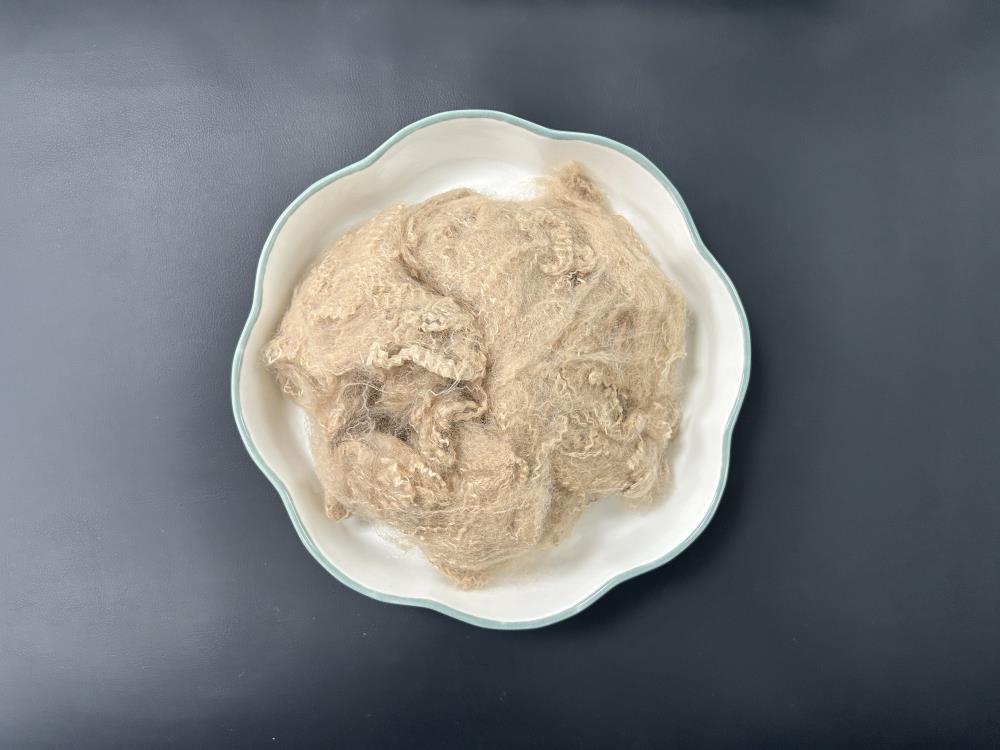
Recycled low melting point embraces sustainability
As the global awareness of sustainable development continues to increase, the demand for environmentally friendly materials such as recycled low-melting point fibers continues to increase. Manufacturers, brands and consumers alike recognize the importance of making responsible choices that are good for the planet and future generations. By embracing these innovative fibers, together we can contribute to a more sustainable and resilient world.
Conclusion about low-melt polyester fibers
Low-melt polyester fibers represent a paradigm shift in fabric technology, offering unparalleled versatility, durability and sustainability. As industries continue to adopt these innovative fibers, they pave the way for a future where textiles are not just materials but solutions to the complex challenges of modern society. Embracing this evolution is not just about adopting new technologies; It is weaving a better tomorrow bit by bit.



